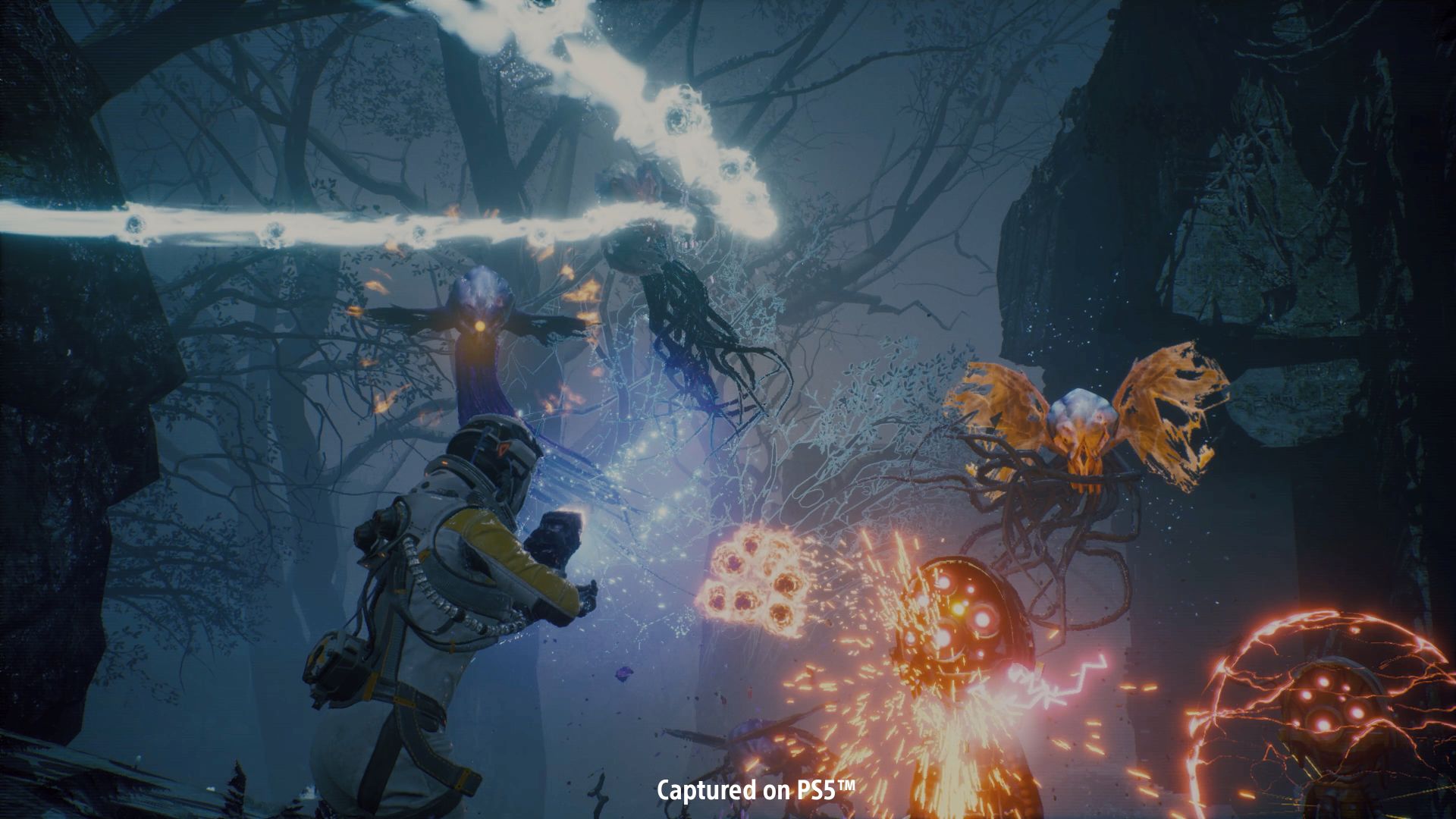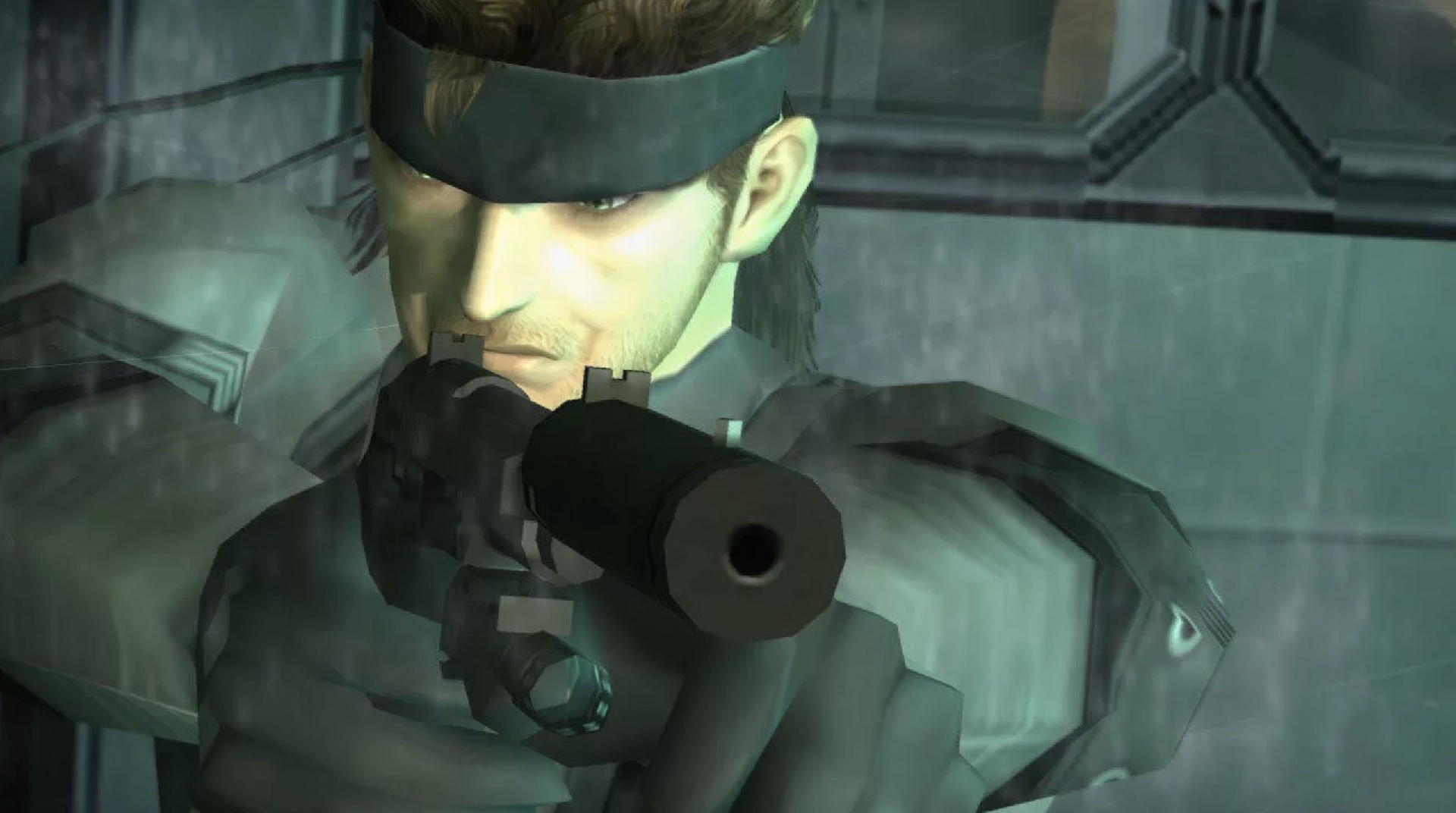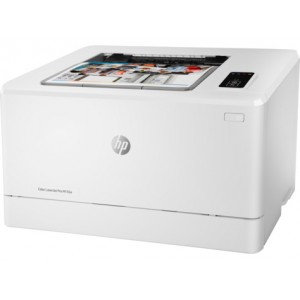
Roguelike shooters have experienced something of a resurgence over the past couple of years. Looter shooters like Borderlands 3, Destiny 2, and The Division 2 have put loot-based progression and mechanics front and center. While they’re enjoying the lion’s share of mindspace, smaller studios have been cranking out loot-based roguelike shooters for quite some time now. Ziggurat 2 came out just months ago, the follow-up to one of the best-received roguelike shooters out there. Titles like Strafe have quietly carried the genre through on PC. 16 bit-esque roguelikes like Dead Cells have also been remarkably well received over the years.
Despite the immense popularity of roguelikes, we’ve yet to see a AAA developer take the genre seriously: until now, this has been pure indie territory. Housemarque’s Returnal, set to release this April on the PlayStation 5, is looking to change that. Right from the announcement trailer, it’s evident that Returnal is very much a AAA experience: we’re looking at visuals that easily exceed anything we’ve seen on last-gen platforms, smooth cinematics, and more: this clearly isn’t a roguelike as we’ve come to know them. It also isn’t a Housemarque title as we’ve come to know them: the studio is best-known for creating Resogun, a bullet-hell shooter on PS4.
While the game’s mechanics and polish are definite highlights, we’re more interested in how it stacks up at a technical level: this is one of the first PlayStation 5 exclusives to launch outside the cross-gen period entirely unconstrained by the limitations of base PlayStation 4 hardware. How does Returnal push things forward on the PlayStation 5? As the first AAA roguelike out there, does it do justice to Sony’s hardware?
Texture work and model quality
Apart from the enhanced CPU and GPU capabilities, the PlayStation 5 offers substantially more VRAM than its predecessor. Housemarque didn’t have to make do with 5.5 GB of accessible memory and the results are evident in Returnal’s excellent material quality. We see high-fidelity 4K textures being used across the board for environmental and character rendering. This is a definitive step up from eighth-gen titles. In closeup shots, it’s nice to see texture detail holding up well, even on incidental assets like moss-covered ruins.
As far as model quality is concerned, Housemarque has deployed high poly-count assets for both the main character and enemies. Selene’s model is surprisingly detailed in close-up cinematic shots. Moreover, the high quality skin shading and use of sub-surface light transport help deliver a near-photorealistic experience. We were a bit disappointed with hair rendering in Returnal. Selene’s got a case of helmet hair. While the short haircut and high quality transparencies used are convincing in still shot, the lack of hair movement is a bit jarring, especially considering how animated hair went from incidental Gameworks effect to bog standard on console over the course of the eighth-gen.
Lighting and shadow rendering
Ray tracing is becoming an increasingly standard rendering technique in ninth-gen games. While it hasn’t explicitly been name-dropped for Returnal, it looks like the game makes use of ray-traced reflections. In the opening cinematic of the gameplay trailer, the console/command hub in front of Selene – an object that isn’t in the camera’s view – is briefly reflected on her helmet. It’s not exactly a transformative change. However, we think Housemarque is taking the Resident Evil Village Maiden demo approach here: judicious use of ray-tracing with a relatively high smoothness cutoff to maximize the impact in scenes that would really benefit from it, without compromising performance. As a roguelike shooter, player skill will matter, so we don’t expect Returnal to feature decadent amounts of ray-traced effects at the cost of performance.
Apart from RT, we see a solid global illumination implementation here. Moreover, many particle effects in-game emit dynamic light: this greatly contributes to the atmosphere in darker external environments. Volumetric effects also play a big role here: Volumetric fog offers thick cover that completely obscures parts of the play area contributing to the overall moody feel. Particle volumes are affected by dynamic light sources – Selene’s gunfire often lights up puffs of fog and smoke. Interestingly, particle effects from gunfire and explosions last quite a bit longer here than in current-gen games, hinting at a relatively lax approach to particle culling, allowing explosions and gun-trails to stay on screen for longer.
Shadow rendering is interesting: the game appears to feature some form of contact-hardening, with the sharpness and definition of shadows determined by their distance and position from light sources. Returnal appears to be using a deferred renderer. We see a large number of dynamic light sources in play, from particle effects to skylighting and exotic in-game assets.
Post-processing
Returnal makes great use of its post-process pipeline to emphasize its rich, otherworldly atmosphere. Per-object and camera motion blur are implemented to great effect, and we see a subtle depth of field effect in the distant background. A high sample-count ambient occlusion implementation is also in place, helping to ground objects and enemies in the environment.
Returnal makes great use of bloom, and some of the spectacular particle effects and explosions should stand out on a great HDR TV or monitor.
Conclusion
We’re still very much in the early days of the ninth console generation. Over on the Xbox and PC, The Medium recently came out as a ninth-gen exclusive. While the latter’s a fixed-perspective horror title in the vein of the early Resident Evil games, there’s a lot to find in common: we’re seeing remarkably asset quality across the board, judicious use of ray-tracing, and a post-process pipeline that isn’t compromised by sub-native buffers and low sample counts. Returnal (and The Medium) signpost where ninth-gen visuals are headed: we’re looking at higher-fidelity models, no-compromise texture quality, and tasteful use of ray-tracing, as we get past the “puddles everywhere!” phase. It’s not exactly a night-and-day difference. But it’s not easy to see how well the base PlayStation 4 would run this game, and that’s a good thing: PlayStation exclusives are starting to move beyond vintage 2013 hardware.







